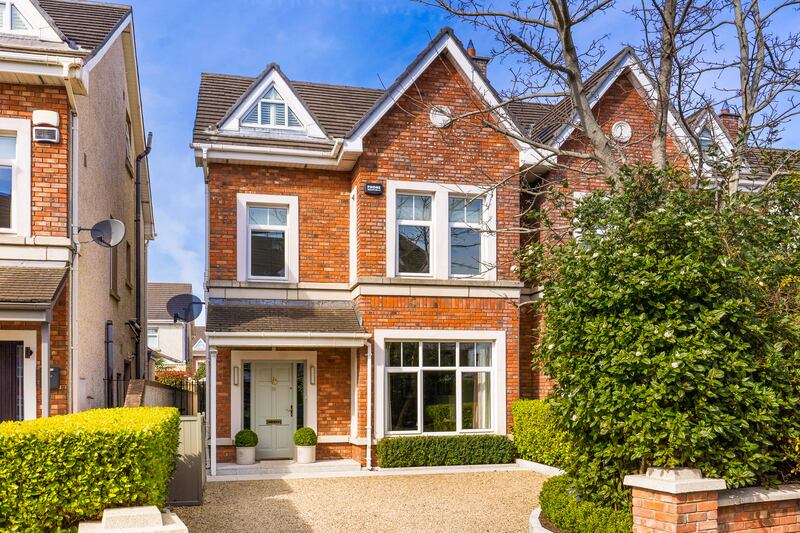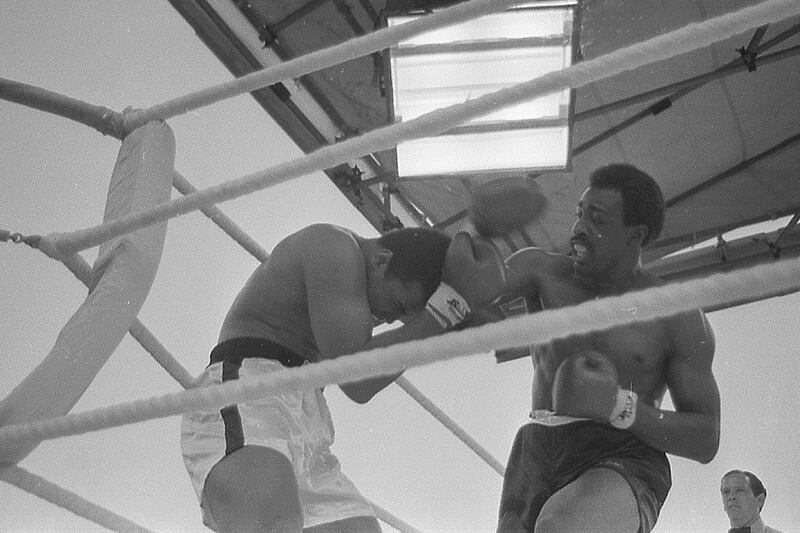Homeowners keen to install solar panels – planning requirements have recently been eased – face waiting lists due to a skills shortage in the sector, a conference has heard.
While the technology could be fitted on up to one million roofs, generating enough energy to cover up to a fifth of all domestic demand, Dr Paul Deane of University College Cork (UCC) said there was a need to increase the numbers working in the area.
“For a lot of the population if you have the cash…you should go and do it. It’s a really good investment, maybe eight to 10 years on your return,” he told the Solar Ireland 2022 conference in Dublin on Thursday. “Even if you want solar panels at the moment there’s a waiting list. So even for us as universities we probably need to think about getting people out…into trades, into skills.”
Supply capacity threatens to be a major impediment to Government policy on renewables. Minister for Housing Darragh O’Brien last week announced sweeping planning deregulation meaning any domestic residence could install solar panels without needing planning approval.
Smart five-bedroom home in Cabinteely in walk-in condition for €1.05m
Matt Williams: Munster have a sniff as the Champions Cup gets blooming great
The Big Fight by Dave Hannigan: Account of Muhammad Ali in Croke Park a strange time capsule of 1970s Ireland
Sandymount cycle path decision frees council from weeds of lengthy planning process
The installation of enough panels would, in theory, allow households to generate about one third of their annual energy requirements and potentially supply the national grid with excess generation.
Analysis undertaken by Dr Deane, a senior research fellow in clean energy, and others at UCC identified around one million domestic roofs suitable for the technology. If each installed six panels, generating about 2.4kw of energy, it could cover about one-fifth of all residential demand and meet 6 per cent of the State’s renewable electricity targets.
Homes that do so would generate most power between April and September, he said, translating to about €400 in annual savings.
The conference heard technology is advancing and the old assumption that Ireland is not sunny enough to provide sufficient solar energy no longer applies.
However, Dr Deane said the theoretical nature of the study belies the reality of access to sufficient numbers of tradespeople necessary to deliver the technology. “Getting people into trades, getting people up on roofs, getting families enabled through grants…is really important. So it’s not just about the technology.”
Today only about 1 per cent of all building roofs have been fitted with panels. William Walsh, chief executive of the Sustainable Energy Authority of Ireland (SEAI), said the number of registered solar panel installers had grown from 17 in 2017 to 220 this year. “When I joined SEAI in 2013 solar PV was something that was put on by kind of nerds who really wanted to figure it out for themselves because it was so expensive,” he said, adding that costs have since come down and quality has improved.
Ireland’s lagging performance in cutting greenhouse gas is well documented, with the conference hearing the State has just the 17th cleanest power system in Europe, and that this reality could dampen foreign investment prospects. While much of Thursday’s conference was given over to obstacles and frustrations in rolling out solar infrastructure, it appears more palatable on a community level than wind energy and turbines.
“In the main I think solar is deemed much more acceptable,” said Peter Kavanagh, director of Highfield Solar. With a background in wind energy, he said society at all levels could participate in solar technology. “I don’t think solar has a community-engagement problem. I think it is beholden on all of us [in the industry] to make sure we don’t develop one.”













